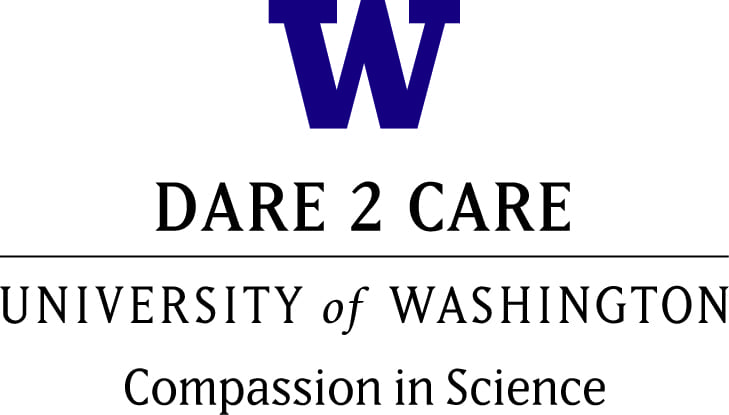2018 Association of Zoos and Aquariums Annual Conference
Link to Poster: 2018 AZA Annual Conference
Dare 2 Care: Developing a Program to Manage Compassion Fatigue Among Animal Caregivers Across Industries
Rita Bellanca**, J. Preston Van Hooser*, Kelly Heffernan*, Anthony Gray**, Sally Thompson-Iritani**
University of Washington, Office of Animal Welfare* and Washington National Primate Research Center**
ABSTRACT: Careers involving animals are an intriguing combination of rewards and challenges, and people are drawn to these careers because they care about animals. In most circumstances, the benefits far outweigh the costs. However, when the work is strained by limited resources, conflicting priorities and the stress of making end of life decisions, it may result in exhaustion and emotional conflict- otherwise known as Compassion Fatigue (CF). Compassion Fatigue is a combination of physical, emotional and psychological depletion associated with caring for animals and their well-being in a captive environment. Previously, the term was used exclusively in conjunction with human-to-human caregiving but with surprisingly high rates of depression and suicide documented in veterinarians, and stress disorders evident, but likely under-reported, in other animal caregivers, it has become clear that they experience CF as well. At the University of Washington (UW), we have developed the Dare 2 Care (D2C) Compassion Fatigue Program for our Laboratory Animal Professionals. This program seeks to acknowledge and normalize the fact that caring and emotional investment are essential to caregiving, something that is often ignored or downplayed. D2C goals include promoting self-care, increasing communication, improving human workplace environments, and implementing community events that emphasize the positive aspects of our work. We will describe how this program was created, what we’ve learned during its implementation, and most importantly, how to identify CF and what types of tools and strategies may be implemented to address it.
